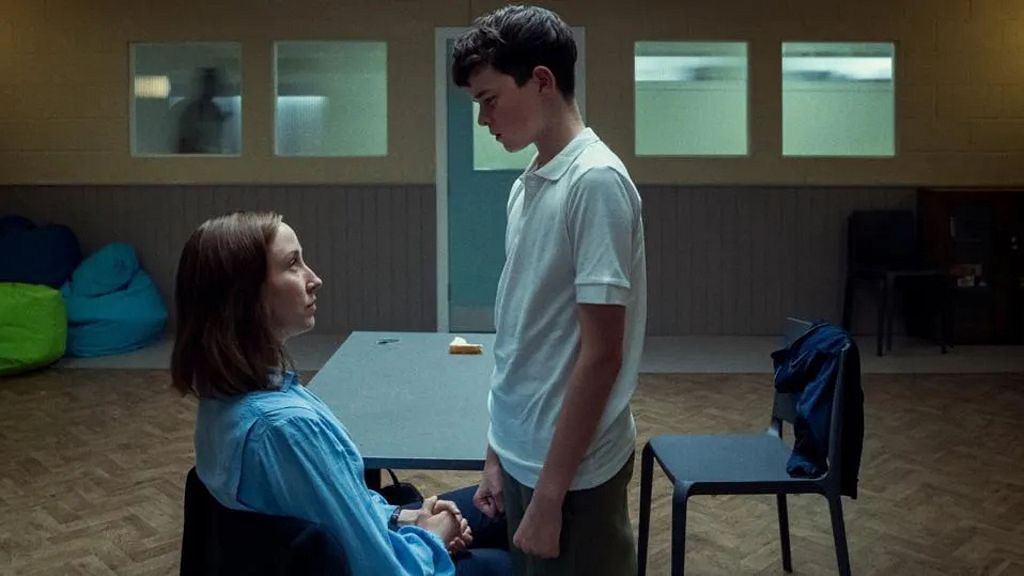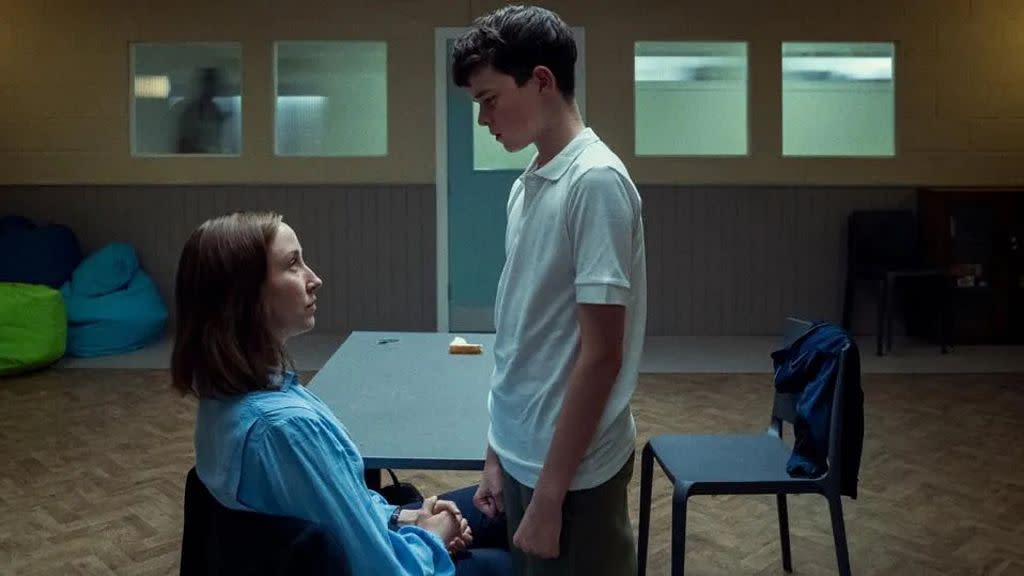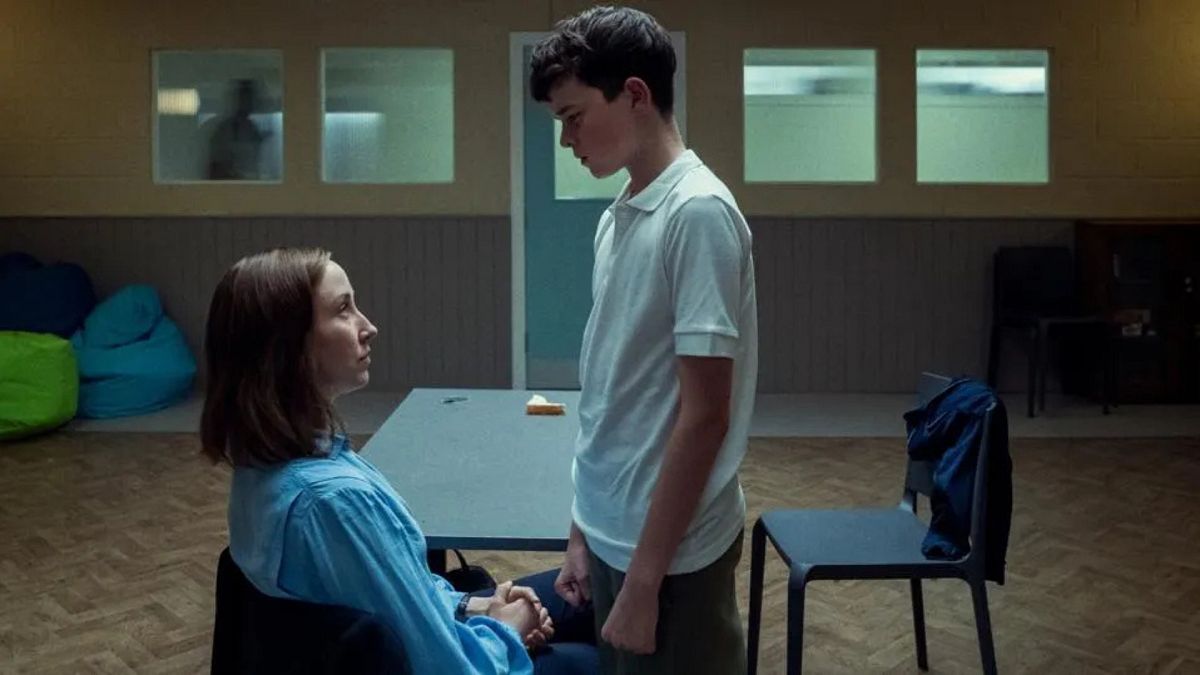## Scrolling to Extremism: How Social Media is Shaping Young Minds
Imagine a world where your entire social reality is curated, where algorithms feed you information tailored to your existing beliefs, amplifying them to fever pitch. Now imagine that world is your teenage years, a time when identity is fragile and seeking belonging is paramount. This is the reality for many young men today, and it’s a reality that’s increasingly raising alarm bells. A recent Euronews investigation explores the chilling truth: how social media is becoming a breeding ground for radicalisation, particularly among adolescents grappling with the complexities of manhood.

The Online Communities Where Men Discuss Misogynistic Theories and Share Radical Views

The online communities where men discuss misogynistic theories and share radical views are a breeding ground for toxic masculinity and online radicalization. These communities, often referred to as the “manosphere,” provide a platform for self-described incels, or involuntary celibate, to share their beliefs and ideologies. Incel influencers like Andrew Tate, who rose to prominence in recent years, have radicalized a large proportion of young men to believe that women’s expectations are to blame for their inability to find sexual partners.
The manosphere refers to an online subculture where men discuss misogynist theories in reaction to feminism. These online spaces are frequently used by self-described incels, who claim that women’s expectations are the reason they are unable to find sexual partners. The creators of the TV series “Adolescence” aim to highlight the dangers of these online communities and their role in shaping toxic masculinity.

The Role of Influencers like Andrew Tate in Shaping These Communities
Influencers like Andrew Tate have played a significant role in shaping the online communities that promote toxic masculinity and misogyny. Tate, a 38-year-old British-American influencer, has risen to fame in recent years for his viral content that promotes misogynist views. His online presence has radicalized a large proportion of young men, leading them to believe that women’s expectations are to blame for their inability to find sexual partners.
Tate’s influence is not limited to his online presence. He has been known to spread his ideologies through interviews and public appearances. His views have been widely criticized for promoting hate speech and misogyny. Despite this, he remains a popular figure among many young men who are drawn to his radical views.

The Dangers of Online Radicalization and Its Impact on Young Men
The dangers of online radicalization cannot be overstated. The spread of toxic masculinity and misogyny through online communities has led to an increase in aggression and violence towards women. The creators of “Adolescence” aim to highlight the dangers of online radicalization and its impact on young men.
Online radicalization can lead to increased aggression and violence towards women. The spread of toxic masculinity and misogyny through online communities has created a culture of hate and intolerance. This culture has led to an increase in violent crimes against women, with many victims being subjected to physical and emotional abuse.
The Importance of Addressing Online Radicalization as a Public Health Issue
Addressing online radicalization is crucial in preventing the spread of toxic masculinity and misogyny. Online radicalization is a public health issue that requires a collective effort from individuals, organizations, and governments to address.
The importance of addressing online radicalization cannot be overstated. The spread of toxic masculinity and misogyny through online communities has led to an increase in aggression and violence towards women. By addressing online radicalization, we can prevent the spread of hate speech and promote a culture of tolerance and respect.
Practical Solutions: Addressing Toxic Masculinity and Online Radicalization
Education and Awareness: The Key to Combating Toxic Masculinity
Education and awareness are crucial in combating toxic masculinity and online radicalization. Teaching critical thinking and media literacy in schools can help young men develop a critical eye towards online content that promotes toxic masculinity.
Public awareness campaigns about the dangers of toxic masculinity can also help to promote a culture of tolerance and respect. By educating young men about the dangers of online radicalization, we can prevent the spread of hate speech and promote a culture of empathy and understanding.
Community-Based Initiatives: Supporting Young Men and Promoting Positive Masculinity
Community-based initiatives can play a significant role in supporting young men and promoting positive masculinity. Community organizations and mental health services can provide young men with a safe space to discuss their feelings and concerns.
By promoting positive masculinity, we can prevent the spread of toxic masculinity and online radicalization. Community-based initiatives can help young men develop a positive sense of self and promote healthy relationships with others.
The Intersection of Technology and Society: A Call to Action
The Responsibility of Social Media Platforms in Regulating Online Content
Social media platforms have a responsibility to regulate online content that promotes toxic masculinity and online radicalization. By taking a more active role in monitoring and removing hate speech, social media platforms can prevent the spread of online radicalization.
Implementing policies to prevent online radicalization is crucial in preventing the spread of hate speech. Social media platforms must take a more proactive approach in regulating online content and promoting a culture of tolerance and respect.
A Call to Action: Working Together to Address Toxic Masculinity and Online Radicalization
A collective effort is required to address toxic masculinity and online radicalization. Individuals, organizations, and governments must work together to promote a culture of tolerance and respect.
Prioritizing mental health and well-being is crucial in preventing the spread of online radicalization. By promoting positive masculinity and addressing the root causes of toxic masculinity, we can prevent the spread of hate speech and promote a culture of empathy and understanding.
Conclusion
The Dark Side of Social Media: A Threat to Adolescent Males
In our recent coverage of the Euronews article “‘Adolescence’: How young men are being radicalised by social media”, we explored the alarming trend of young men being radicalised by social media platforms. The article highlighted the ways in which social media can be used to spread extremist ideologies, manipulate young minds, and fuel online echo chambers. Key points included the role of algorithms in promoting radical content, the impact of social isolation on vulnerable individuals, and the inadequate measures taken by social media platforms to prevent radicalisation.
The significance of this topic cannot be overstated. As social media continues to play an increasingly prominent role in the lives of young people, the risk of radicalisation grows. The implications are far-reaching, with the potential for young men to be drawn into violent extremism, terrorism, and other forms of harm. Moreover, the erosion of traditional social bonds and the rise of online echo chambers threaten to undermine the very fabric of our societies. As we move forward, it is essential that we take a more proactive approach to addressing this issue, one that involves not only social media platforms but also governments, educators, and parents.
As we look to the future, it is clear that the challenge of preventing radicalisation will only intensify. We must be prepared to adapt our strategies to keep pace with the evolving landscape of social media, and to address the complex interplay between online and offline factors that contribute to radicalisation. Ultimately, the fate of our young people and the future of our societies depend on our ability to navigate this treacherous terrain. As we go to press, we are left with a haunting question: Can we prevent radicalisation before it’s too late?


Add Comment